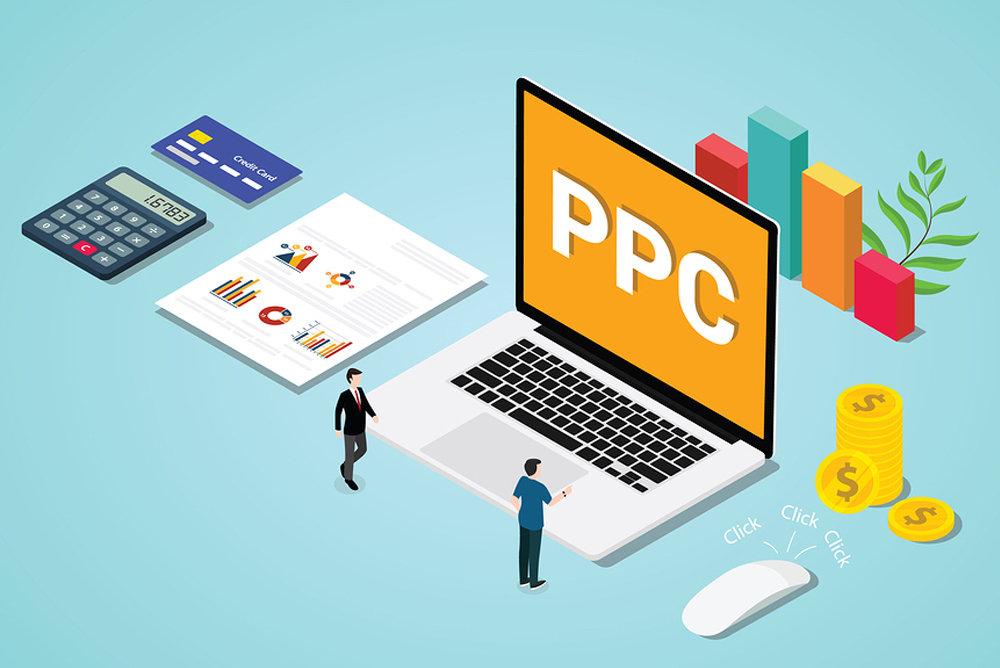In the digital age, advertising has undergone a significant transformation. Gone are the days of relying solely on traditional media channels like print, television, and radio.
Today, businesses have a wide array of digital marketing tools and platforms at their disposal to reach their target audience effectively.
Among these, Google Advertising stands out as a powerhouse, providing businesses with unparalleled opportunities to connect with potential customers and achieve their marketing objectives.
This comprehensive guide will delve into the intricacies of Google Advertising, its various formats, targeting options, best practices, and the benefits it offers to businesses.
What is Google Advertising?
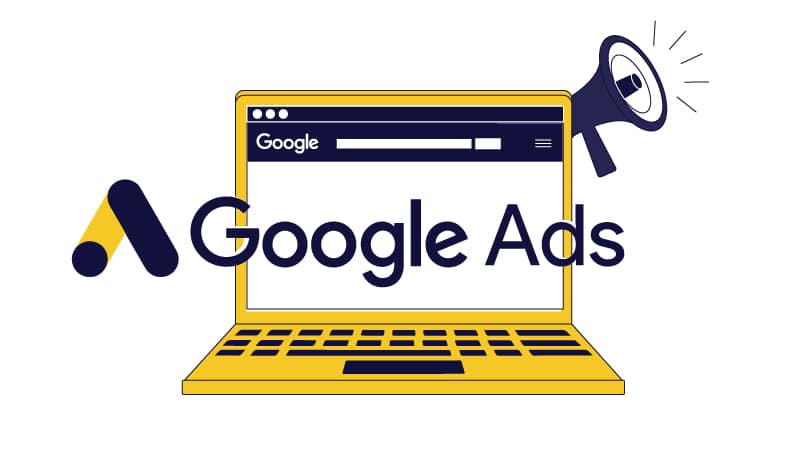
Google Advertising, also known as Google Ads (previously Google AdWords), is an online advertising platform developed by Google.
It allows businesses to create and display ads across a variety of Google-owned properties and partner websites.
Google Ads operates on a pay-per-click advertising (PPC) model, where advertisers bid on keywords relevant to their products or services.
When users search for those keywords or visit websites that match the targeting criteria, the ads are displayed, and advertisers pay only when their ads are clicked.
Types of Google Advertising:
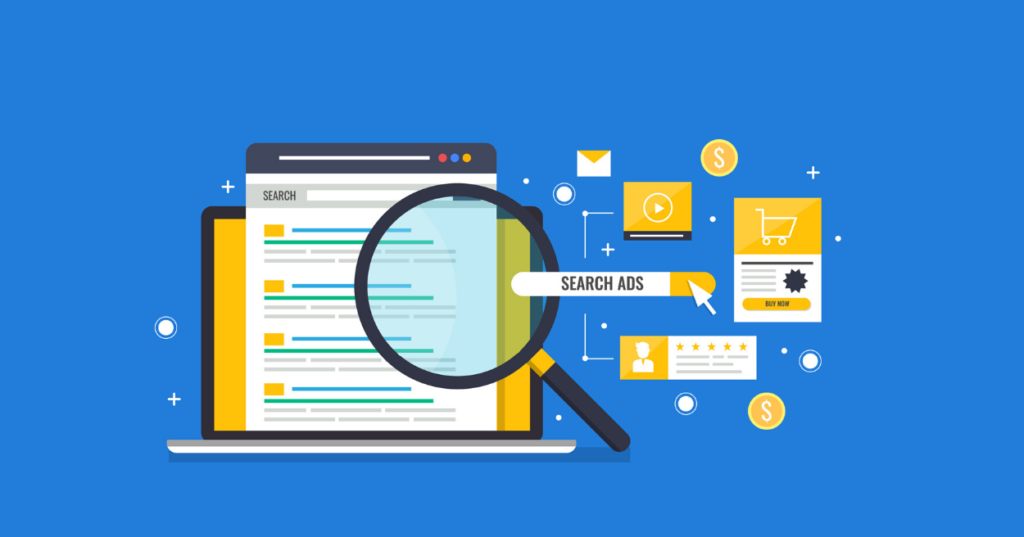
a. Google Search Ads:
These are text-based ads displayed above or alongside the organic search results on Google’s search engine results page (SERP).
They are triggered by specific keywords and are highly effective for capturing user intent and driving direct conversions.
b. Google Display Ads:
Display ads are visually appealing banner or text-based advertisements that appear on websites within the Google Display Network (GDN).
GDN includes a vast network of partner websites, blogs, and mobile apps, allowing advertisers to reach a broader audience and raise brand awareness.
c. Google Video Ads:
Video ads are engaging advertisements that are displayed on YouTube and across the Google Display Network.
These ads can be skippable or non-skippable and provide an excellent opportunity for businesses to showcase their products, services, or brand stories in a visually compelling manner.
d. Google Shopping Ads:
Shopping ads, also known as Product Listing Ads (PLAs), are specifically designed for e-commerce businesses.
They appear at the top of the Google search results page, showcasing product images, prices, and relevant information.
These ads are highly effective for driving qualified traffic to product pages and increasing online sales.
e. Google App Campaigns:
App campaigns are aimed at promoting mobile applications across various Google platforms, including the Google Search Network, Google Play Store, YouTube, and the Google Display Network.
Advertisers can set specific campaign goals, such as driving app installations, in-app actions, or re-engagement.
Understanding Google Ads Auction:
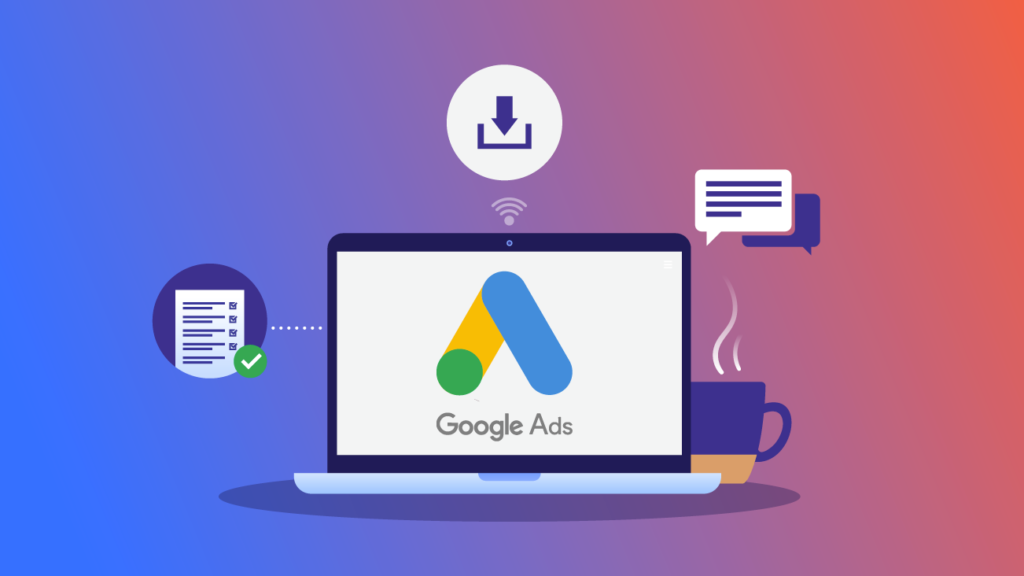
Google Ads operates on an auction-based system, where advertisers compete for ad placement based on factors like bid amount, ad quality, and user relevance.
Understanding the key components of the auction process is essential for optimizing ad campaigns:
a. Quality Score:
Quality Score is a measure of the quality and relevance of your keywords, ad copy, and landing page.
It affects your ad’s position and cost-per-click (CPC). A higher Quality Score can lead to better ad placement and lower costs.
b. Ad Rank:
Ad Rank determines your ad’s position on the search results page. It is calculated by multiplying your bid amount by your Quality Score.
Advertisers with higher Ad Rank have a better chance of their ads being displayed in top positions.
c. Cost-Per-Click (CPC):
CPC is the actual amount an advertiser pays when someone clicks on their ad. It is determined by factors such as bidding strategy, competition, and Quality Score.
Google Ads operates on a pay-per-click model, where advertisers are only charged when a user clicks on their ad.
Targeting Options in Google Advertising
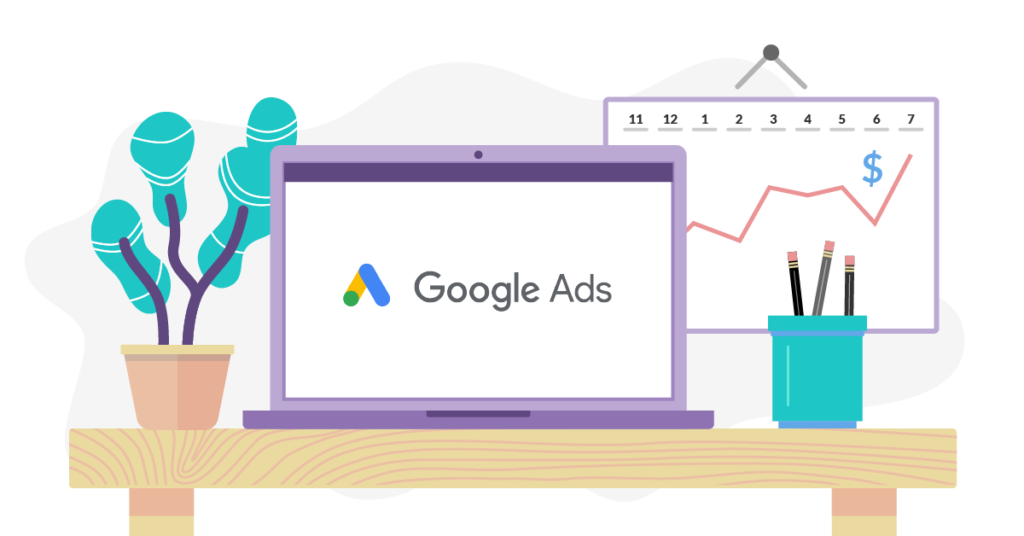
Google Ads provides a wide range of targeting options to help advertisers reach their desired audience effectively:
a. Keyword Targeting:
Advertisers can choose specific keywords that trigger their ads to appear when users search for those terms.
This targeting method allows businesses to align their ads with relevant search queries and capture users who are actively searching for products or services.
b. Location Targeting:
Advertisers can target their ads based on geographical locations, ranging from countries to specific cities or radius targeting around a particular location.
This allows businesses to focus their advertising efforts on areas where their target audience is located.
c. Device Targeting:
With the increasing use of mobile devices, advertisers can choose to target specific devices like smartphones, tablets, or desktop computers.
Device targeting ensures that ads are displayed appropriately based on the user’s device, optimizing the user experience.
d. Demographic Targeting:
Advertisers can target specific demographics such as age, gender, household income, and parental status.
This targeting option enables businesses to tailor their messaging to specific audience segments that align with their marketing goals.
e. Interest-based Targeting:
Google Ads leverages user data to enable interest-based targeting. Advertisers can reach users based on their interests and behaviors, such as their online activities, the websites they visit, or the content they engage with.
f. Remarketing:
Remarketing allows advertisers to target users who have previously visited their website or interacted with their ads.
By displaying customized ads to these users across various Google platforms, businesses can reinforce their brand message and encourage conversions.
Creating Effective Google Ad Campaigns:

To maximize the impact of Google Advertising, it is crucial to create well-optimized ad campaigns. Here are key steps to consider:
a. Setting Clear Campaign Goals:
Before launching a Google Ad campaign, it’s essential to define clear and measurable goals.
Whether it’s increasing website traffic, generating leads, driving sales, or enhancing brand awareness, having specific goals will help shape your campaign strategy.
b. Conducting Keyword Research:
Thorough keyword research is vital to identify the most relevant and high-performing keywords for your ads.
Utilize tools like Google Keyword Planner, Google Trends, or other third-party keyword research tools to identify keywords with high search volume and relevance to your business.
c. Crafting Compelling Ad Copy:
Writing compelling ad copy is crucial for grabbing the attention of your target audience.
Create concise and persuasive ad headlines and descriptions that highlight the unique selling points of your products or services.
Incorporate relevant keywords and a strong call-to-action to encourage user engagement.
d. Designing High-Quality Ad Creatives:
Visual elements play a significant role in the effectiveness of your ads. Use eye-catching images or videos that align with your brand and resonate with your target audience.
Ensure that your ad creatives are visually appealing, relevant, and optimized for different device sizes.
e. Landing Page Optimization:
Driving traffic to your website is only half the battle; the landing page experience is equally important.
Optimize your landing pages to align with the messaging and offers in your ads. Ensure a clear and compelling call-to-action, fast loading times, mobile responsiveness, and relevant content that matches user intent.
Monitoring and Optimizing Google Ad Campaigns:
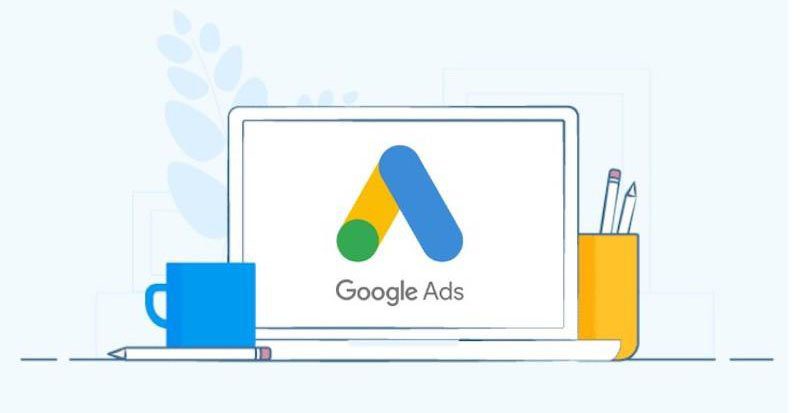
Launching your Google Ad campaign is just the beginning. Continuous monitoring and optimization are crucial to ensure optimal performance. Consider the following strategies:
a. Tracking Performance with Conversion Tracking:
Implement conversion tracking to measure the success of your campaigns. Track key metrics like conversions, click-through rates (CTR), cost-per-conversion, and return on ad spend (ROAS).
This data will help you make informed decisions and optimize your campaigns.
b. Analyzing Metrics:
Regularly analyze performance metrics to identify areas for improvement. Monitor CTR, conversion rate, quality score, and other relevant metrics to gauge the effectiveness of your ads.
Identify underperforming keywords, ads, or targeting options and make adjustments accordingly.
c. A/B Testing Ads and Landing Pages:
Experiment with different ad variations, headlines, descriptions, and call-to-action to determine the most effective combinations.
Similarly, conduct A/B testing on your landing pages to optimize user experience and conversion rates.
Test variables such as layout, messaging, and design elements to identify what resonates best with your audience.
d. Ad Scheduling and Bid Adjustments:
Analyze performance data to identify peak times or days when your ads perform best. Utilize ad scheduling to allocate budget strategically during those high-performing periods.
Additionally, adjust bids based on performance, bidding more aggressively for keywords that drive conversions and reducing bids for underperforming keywords.
e. Negative Keywords:
Constantly refine your keyword list by identifying and adding negative keywords. Negative keywords help prevent your ads from being triggered by irrelevant searches, improving the relevance of your ad impressions and increasing click-through rates.
Google Advertising Best Practices:

To make the most of your Google Advertising efforts, it’s essential to follow best practices:
a. Adherence to Google Ads Policies:
Familiarize yourself with Google Ads policies to ensure compliance and avoid potential issues.
Violations of policies can lead to ad disapproval, account suspension, or other penalties.
Stay updated with policy changes to maintain a smooth advertising experience.
b. Ad Extensions for Enhanced Visibility:
Take advantage of ad extensions to provide additional information, such as site links, call buttons, location information, or customer reviews.
Ad extensions increase ad visibility, improve click-through rates, and provide users with more options to engage with your business.
c. Ad Quality and Relevance:
Focus on creating high quality ads that are relevant to the user’s search intent. Align your ad copy, keywords, and landing page with the user’s expectations.
By delivering relevant and compelling ads, you improve the user experience and increase the likelihood of conversions.
d. Mobile Optimization:
With the increasing use of mobile devices, it’s crucial to optimize your ads and landing pages for mobile users.
Ensure that your ads are mobile-friendly, load quickly, and provide a seamless browsing experience across different screen sizes.
Mobile-optimized ads not only improve user engagement but also contribute to higher Quality Scores.
e. Regular Account Maintenance and Optimization:
Google Ads is not a set-it-and-forget-it platform. Regularly review and optimize your campaigns to stay competitive.
Keep an eye on performance metrics, adjust bids, test new ad variations, and explore new targeting options to improve your campaign’s effectiveness.
Benefits of Google Advertising:
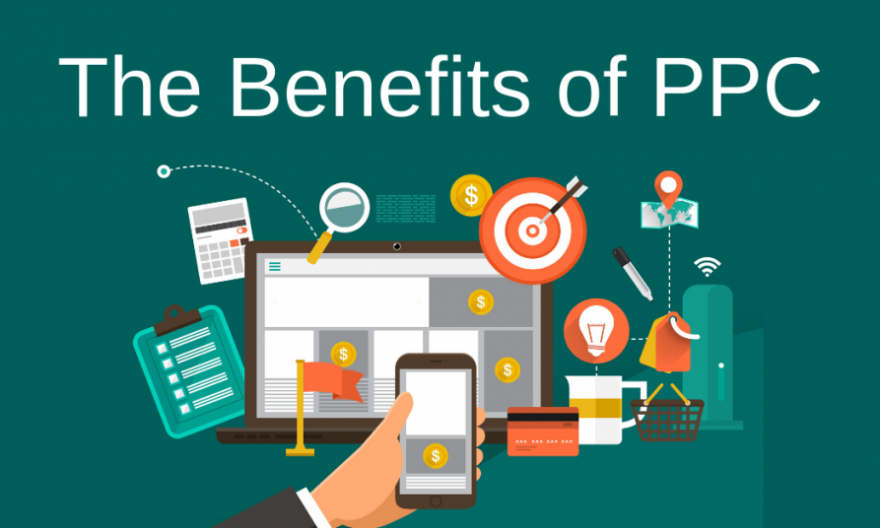
Google Advertising offers numerous benefits for businesses seeking to reach their target audience and achieve marketing objectives:
a. Wide Reach and Targeting Capabilities:
With billions of searches conducted on Google each day, Google Ads provides access to a vast audience.
The platform’s advanced targeting options enable businesses to reach the right people at the right time, ensuring their ads are displayed to users with high purchase intent.
b. Cost-Effective and Flexible Budgeting:
Google Ads allows businesses of all sizes to set their advertising budget and control costs.
With options like cost-per-click bidding, advertisers only pay when users interact with their ads.
The ability to adjust budgets and bids in real-time provides flexibility and enables effective budget allocation.
c. Measurable Results and Insights:
Google Ads provides comprehensive performance metrics and reporting tools that allow businesses to track the effectiveness of their campaigns.
Through conversion tracking, advertisers can measure the impact of their ads, identify successful strategies, and optimize their campaigns for better results.
d. Remarketing Opportunities:
Remarketing allows businesses to target users who have already shown interest in their products or services.
By displaying tailored ads to these users, businesses can increase brand recall, encourage repeat visits, and drive conversions.
e. Integration with Other Google Tools:
Google Ads seamlessly integrates with other Google tools like Google Analytics, allowing businesses to gain a holistic view of their marketing efforts.
This integration enables deeper insights, better audience segmentation, and enhanced optimization opportunities.
Challenges and Limitations of Google Advertising:

While Google Advertising offers numerous benefits, it’s important to be aware of the challenges and limitations:
a. Rising Competition and Costs:
As more businesses recognize the value of Google Ads, competition for ad space increases, leading to higher costs per click.
Businesses must carefully manage their budgets and optimize their campaigns to ensure cost-effectiveness.
b. Click Fraud and Invalid Clicks:
Click fraud and invalid clicks remain a concern in the digital advertising space. While Google employs sophisticated algorithms to detect and filter out fraudulent clicks, some level of invalid activity can still occur, impacting campaign performance and costs.
c. Ad Blockers and Ad Fatigue:
Ad blockers have become increasingly popular, potentially limiting the reach of Google Ads.
Additionally, users may experience ad fatigue, becoming less responsive to ads due to their ubiquity. Advertisers must focus on creating compelling and relevant ads to combat these challenges.
d. Privacy and Data Concerns:
Privacy regulations and user concerns regarding data usage pose challenges for targeted advertising.
Advertisers must adhere to privacy regulations and ensure transparent data-handling practices to maintain user trust.
Conclusion:
Google Advertising provides businesses with a powerful platform to reach and engage with their target audience.
By utilizing the various ad formats, targeting options, and optimization strategies, businesses can maximize their advertising ROI and achieve their marketing objectives.
However, success in Google Advertising requires continuous monitoring, optimization, and adherence to best practices.
By staying updated with the latest trends and leveraging the benefits of Google Advertising while being mindful of its challenges, businesses can harness the full potential of this digital marketing tool.
As technology evolves and consumer behavior changes, Google Ads continues to innovate and provide advertisers with new features and targeting capabilities.
It is essential for businesses to stay informed about these updates and adapt their strategies accordingly.
Regular monitoring, analysis, and optimization of campaigns are crucial to maintaining a competitive edge and maximizing the return on investment.
Google Advertising offers an immense opportunity for businesses of all sizes to connect with their target audience, increase brand visibility, drive website traffic, and generate leads and conversions.
By leveraging the wide reach, targeting capabilities, and performance tracking tools offered by Google Ads, businesses can create impactful and result-driven advertising campaigns.
However, it is important to remember that Google Advertising is just one component of a comprehensive digital marketing strategy.
Businesses should consider integrating Google Ads with other channels such as social media advertising, content marketing, search engine optimization (SEO), and email marketing to create a cohesive and multi-channel approach.
In summary, Google Advertising has revolutionized the way businesses promote their products and services in the digital landscape.
With its diverse ad formats, targeting options, and optimization strategies, businesses can effectively reach their target audience, drive conversions, and achieve their marketing goals.
By staying informed, following best practices, and adapting to the evolving digital landscape, businesses can unlock the full potential of Google Advertising and stay ahead of the competition.


